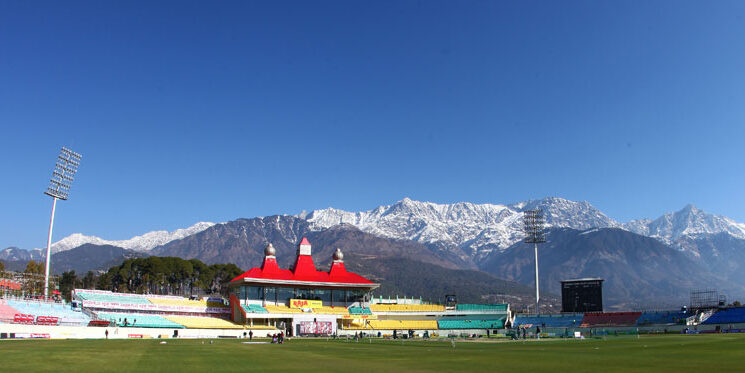
Banaras and Muslim Culture: A Tapestry of Architectural Splendor

Banaras, also known as Varanasi, is a city renowned for its deep-rooted spiritual heritage in Hinduism. However, it is also a melting pot of diverse cultures and religions, including Islam. Over the centuries, Muslim rulers and communities have left a significant impact on the city’s architecture and cultural fabric. In this blog, we will explore the intriguing aspects of Banaras’ Muslim culture and the remarkable architectural masterpieces that stand as a testament to this harmonious coexistence.
Historical Context:
The influence of Islam in Banaras dates back to the medieval period when the city came under the rule of various Muslim dynasties. The region saw a confluence of Hindu and Muslim cultures, resulting in a unique blend of architectural styles and traditions.
Iconic Muslim Architectural Marvels:
- Alamgir Mosque: The Alamgir Mosque, also known as the Beni Madhav Ka Darera or Vishwanath Ki Mosque, is a prime example of Muslim architecture in Banaras. Built by Emperor Aurangzeb atop the remnants of a Hindu temple, the mosque showcases a fusion of Hindu and Islamic architectural elements, including intricate carvings and minarets.
- Gyanvapi Mosque: Located near the Kashi Vishwanath Temple, the Gyanvapi Mosque has a fascinating history. It is believed to have been constructed on the site of an ancient Hindu temple. The mosque’s architecture features distinct Mughal influences and reflects the city’s syncretic culture.
- Sita Kund Mosque: This mosque stands at the place where Sita Kund, a sacred pond associated with Hindu mythology, once existed. The mosque exemplifies the harmonious blend of Muslim and Hindu traditions, creating an architectural marvel with historical significance.
Cultural Assimilation:
Banaras has been a hub of Persian and Urdu scholars and poets. The city’s intellectual atmosphere fostered the growth of Persian and Urdu literature, which further enriched its cultural diversity.
The city’s cultural landscape also embraces Qawwali, a form of devotional music associated with Sufi Islam. Qawwali performances at Sufi shrines and cultural gatherings add to the city’s vibrant tapestry.
Sufi Saints and Dargahs:
The Dargah of Hazrat Syed Shahzada Qasim Ali Shah, a Sufi saint, is a revered pilgrimage site for both Hindus and Muslims. It symbolizes the unity and shared spiritual beliefs between the two communities.
Another significant Sufi shrine in Banaras is the Dargah of Hazrat Ismail Shah Bukhari. It draws devotees from various backgrounds, highlighting the inclusive nature of Banaras’ spiritual landscape.
Conclusion:
Banaras, the spiritual heart of India, is not only a repository of Hindu culture but also a harmonious amalgamation of diverse traditions, including Islam. The city’s architectural marvels, cultural assimilation, and shared spiritual spaces exemplify the coexistence and respect between the Hindu and Muslim communities. Embracing a syncretic blend of cultures, Banaras stands as a testament to India’s pluralistic ethos, where different religious and cultural identities converge to create a rich tapestry of traditions. This unique aspect of Banaras adds to the city’s allure, making it a captivating destination that captures the essence of India’s cultural diversity and unity.
Note: You can get in touch with our Live Free Varanasi Reception if you’re interested in knowing more about the nearby tourist attractions: +91 88810 20248



